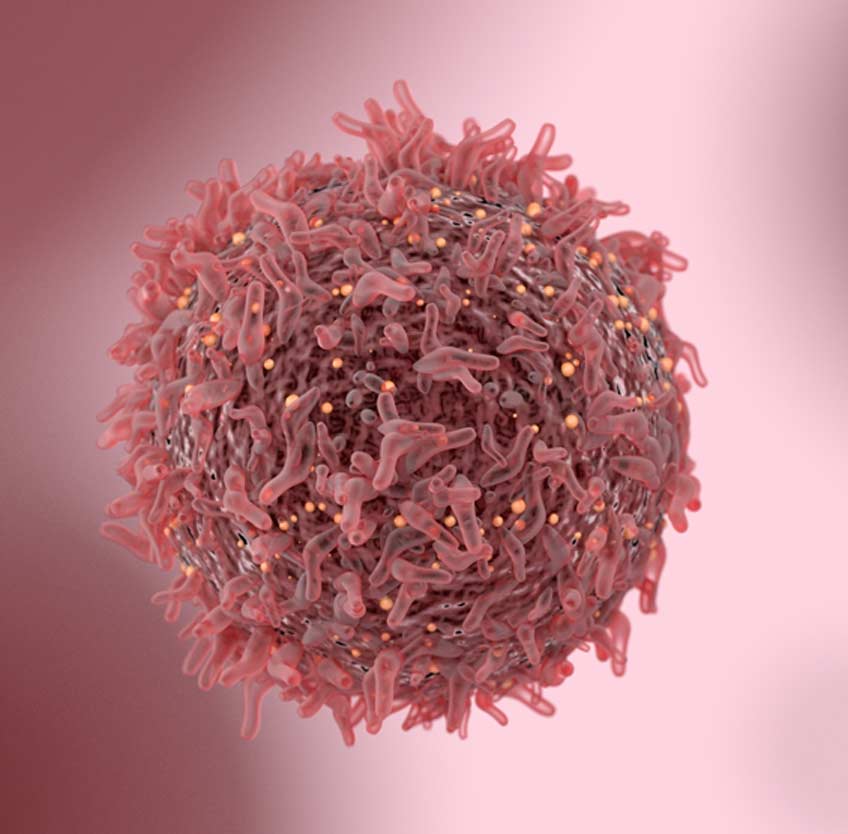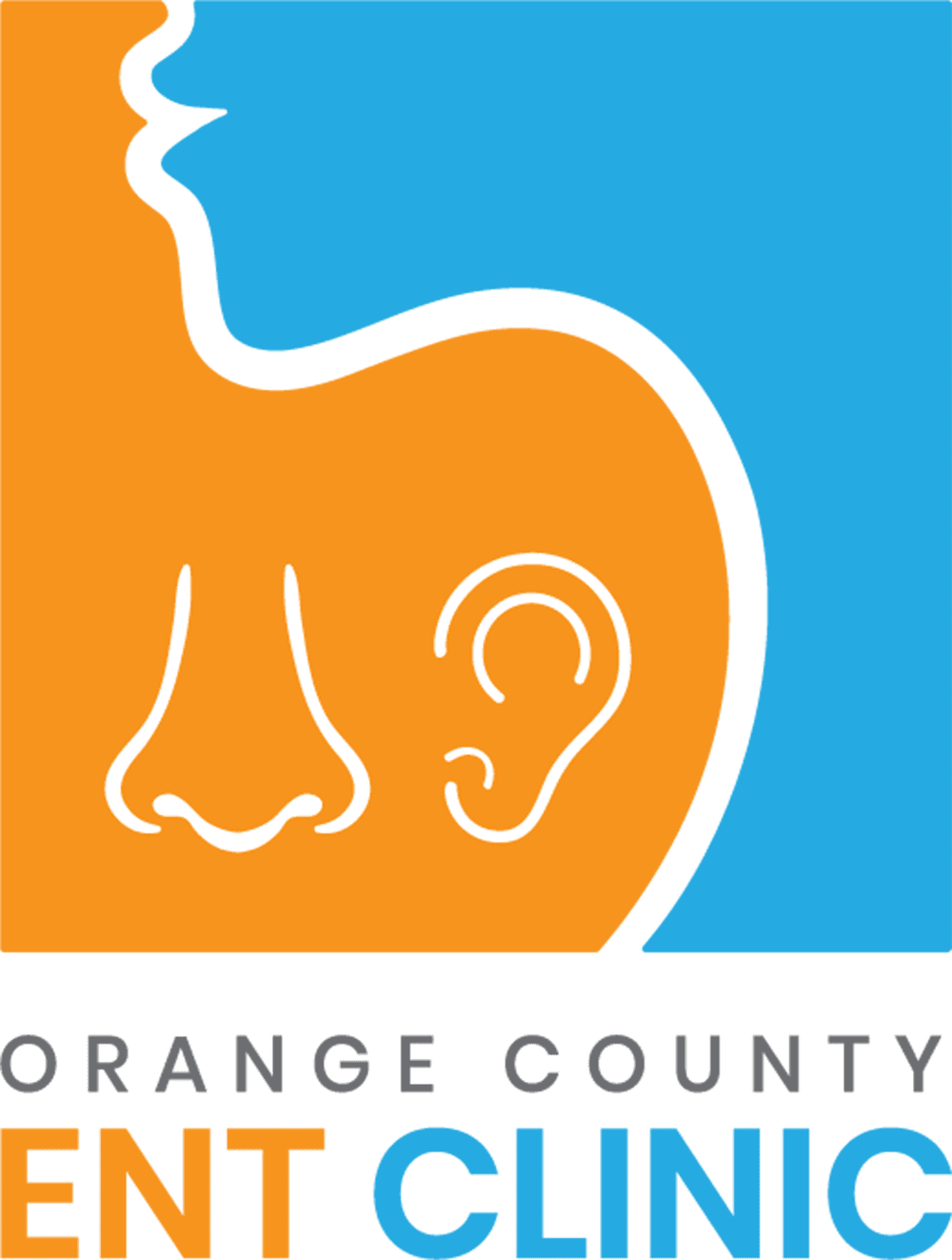
If you’re suffering from a tumor within the salivary glands, the surgery that’s typically used to treat such a tumor is a parotidectomy.
A tumor can develop in any area of the body, which means that there are dozens of different surgical procedures that can be used to remove these tumors.
What Is a Parotidectomy?
A parotidectomy is a type of surgery that is used for the treatment of parotid gland tumors. The parotid gland is comprised of a deep lobe and superficial lobe, which are separated by the facial nerve. The type of parotidectomy that you’re provided with depends on the exact location of the tumor. The goal of these surgeries is to preserve the facial nerve while removing the tumor. There are three types of a parotidectomy, which include a superficial parotidectomy, a total parotidectomy, and a radical parotidectomy. A superficial parotidectomy is one that involves the removal of a tumor in the superficial lobe of the parotid gland. Either all or part of the superficial portion of the gland will be removed. A total parotidectomy is one that involves the removal of the entire parotid gland. A radical parotidectomy is similar to a total one but also removes additional structures surrounding the gland.


How to Prepare For This Surgery
When you’ve schedule a parotidectomy, there are several things that you can do to prepare for the surgery. For one, it’s important that you avoid drinking or eating anything after midnight on the day that the surgery is set to perform. If you have a persistent cough or a fever in the day prior to the surgery, it’s important that your surgeon is made aware of these issues. It’s recommended to arrive at the hospital a few hours before the surgery is set to take place.
Potential Risks to Consider
As with all types of surgery, there are numerous risks that you should be aware of before obtaining a parotidectomy. It’s possible for bleeding or an infection to occur in the immediate aftermath of the surgery. Both of these issues should be tended to immediately. There’s also a chance that you could suffer from a facial nerve injury, which will make it difficult to move some or all of the muscles on one side of your face. The nerve injury could be temporary or permanent. A reanimation surgery can be used to improve a person’s appearance if a nerve injury occurs.
What the Procedure Involves
You will be provided with some general anesthesia before the treatment takes place, which will put you to sleep for the duration of the procedure. The incision for this surgery is usually placed around the ear and down to the crease of the neck. Either a portion or all of the parotid gland will then be removed, which will be followed by a closing of the incisions. You may experience some pain and discomfort following the treatment, which should dissipate in a few days. Most people are able to return home within a couple of days following the surgery.
